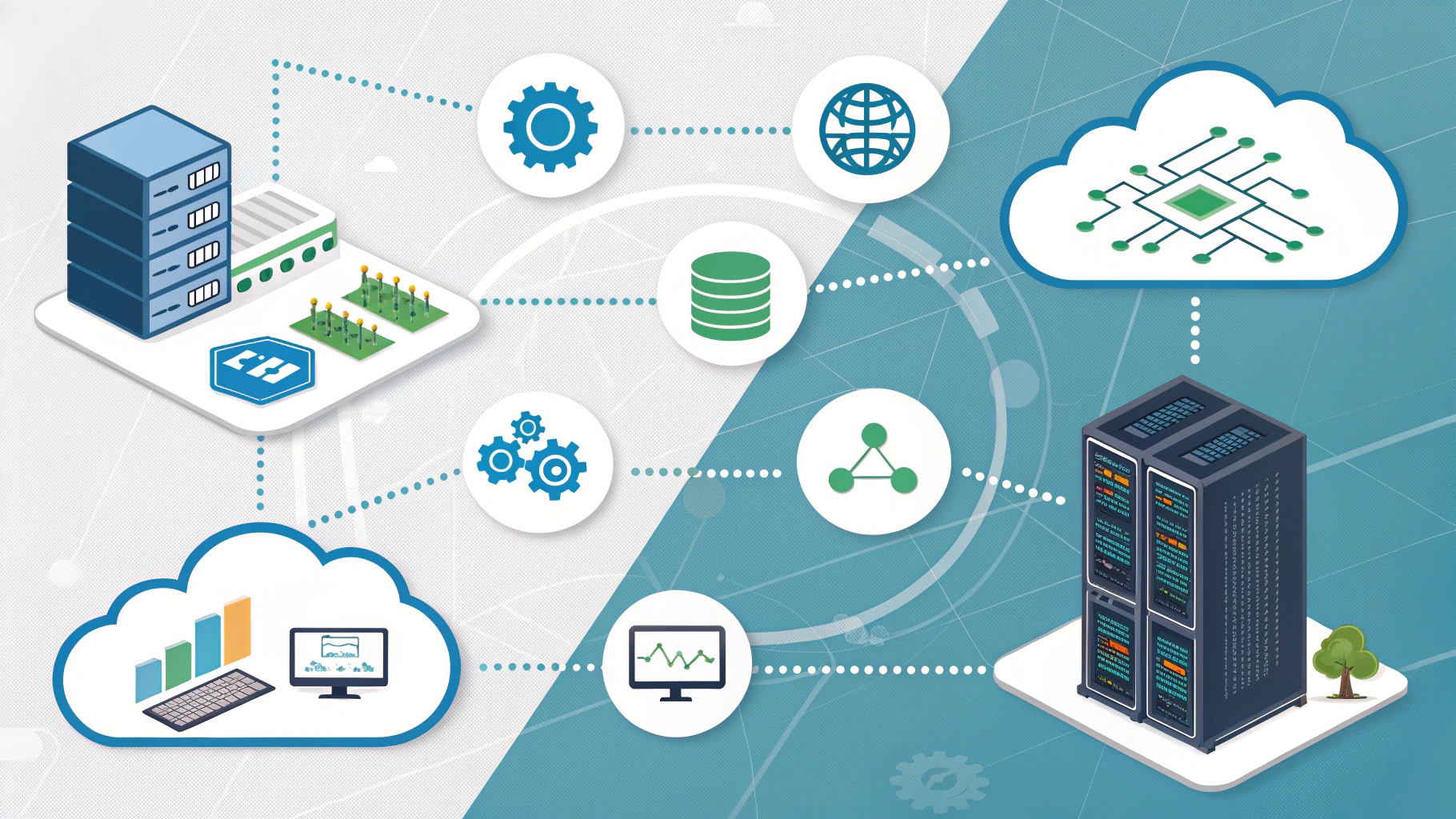
Summary
Understanding and prioritizing vulnerabilities is crucial for any modern security team, but relying on CVSS scores alone isn’t enough. This guide breaks down the latest updates in CVSS v4.0, explains the different metric groups, and reveals the limitations of base scoring. You’ll learn how to incorporate business context, asset value, and real-world threat intelligence for a truly risk-based approach to vulnerability management helping your organization focus remediation where it matters most.
_
Cybersecurity teams face a relentless challenge: rapidly identifying and remediating vulnerabilities before threat actors can exploit them. But with an endless stream of new CVEs disclosed every week, how do you decide which vulnerabilities need immediate attention and which can wait? Enter the Common Vulnerability Scoring System (CVSS) , a globally accepted standard that tries to simplify vulnerability assessment. But is a CVSS score enough? And how can you use it as a launchpad for more effective, risk-based vulnerability management? Let’s break it all down.
What Are CVSS Scores, and Why Do They Matter?
The Common Vulnerability Scoring System (CVSS) is an open framework that quantifies the technical severity of security vulnerabilities on a scale from 0.0 (minimal risk) to 10.0 (critical). It aims to provide a consistent, comparable metric for evaluating vulnerabilities across various platforms and environments.
Why use CVSS?
- Prioritization: Quickly rank vulnerabilities for remediation based on potential impact.
- Communication: Standardize discussions between security, IT, leadership, and vendors.
- Tracking Trends: Measure improvement in vulnerability management over time.
Organizations armed with CVSS scores can spot which cybersecurity threats are the true “fire drills” and which are a nuisance. But, while CVSS can guide your prioritization, it shouldn’t make the decisions for you.
CVSS 3 to CVSS 4: What’s New in Modern Vulnerability Scoring?
For years, CVSS v3.1 was the industry baseline, but the landscape has shifted. CVSS v4.0 debuts with refinements addressing old challenges and embracing modern threats, especially in IoT, OT, and distributed environments.
Key Enhancements in CVSS v4:
- New Metrics:
- Attack Requirements factor in pre-conditions needed for exploitation, offering more realistic scoring.
- User Interaction is now more granular (active vs. passive, etc.).
- Scope is divided into “Vulnerable System Impact” and “Subsequent System Impact” vital for understanding lateral movement after a breach.
- Broader Coverage:
- Flexibility for diverse asset types (think IoT, containers, operational tech).
- More even distribution of scores, eliminating past biases where too many vulnerabilities scored “high” or “critical.”
- Temporal → Threat Metrics:
- “Temporal Metrics” evolve into “Threat Metrics,” clearly distinguishing between the vulnerability’s technical characteristics and real-time threat activity.
Bottom Line: CVSS 4.0 offers more precision, adaptability, and context making your scoring more reflective of real-world risk.
Understanding CVSS Metrics: Beyond the Number
CVSS scores result from evaluating multiple metrics, grouped into three primary categories.
1. Base Metrics: The DNA of a Vulnerability
- Exploitability:
- Attack Vector (AV): How easy is remote exploitation?
- Attack Complexity (AC): Can a script kiddie do it, or does it require skill?
- Privileges Required (PR): Do you need admin or mere user access?
- Impact:
- Confidentiality, Integrity, Availability (CIA Triad): Will data be leaked, altered, or systems taken offline?
- Scope:
- Unchanged: Damage is confined to the compromised system.
- Changed: Breach can escalate, affecting other systems in your environment.
2. Threat (Temporal) Metrics: Risk. Now.
- Is there active exploit code available?
- Are exploits mature or proof-of-concept?
- Is a vulnerability actively discussed in threat intelligence feeds?
These metrics help you adapt your score as the threat environment changes if a POC exploit drops, the risk increases overnight.
3. Environmental Metrics: Context is King
- Which assets, data types, or business processes are affected?
- How effective are your existing security controls or compensating measures?
- What is the true business impact if this vulnerability is exploited?
Customizing the CVSS environmental metrics tailors the score to your organization turning standardized data into actionable intelligence.
Why CVSS Alone Isn’t Enough
Relying exclusively on CVSS is like triaging medical emergencies by temperature alone it’s only one indicator, and crucial context is missing.
Limitations of “Score-Only” Mindset:
- Lacks Business Context: CVSS doesn’t know if a vulnerable asset holds customer records or is a test printer.
- Misses Threat Landscape: The base score doesn’t adapt as threat actors target some vulnerabilities more aggressively than others.
- Ignores Compensating Controls: Strong controls may lower real risk; weak controls may increase it, regardless of score.
Result: Teams risk wasting time on “critical” vulnerabilities that won’t actually impact their organization, while truly dangerous exposures (even those with modest scores) might slip through.
Building a Proactive, Risk-Based Vulnerability Management Program
Step 1: Use CVSS as the Starting Point
- Sort vulnerabilities by base score, focusing attention on critical- and high-severity issues.
Step 2: Layer in Environmental and Threat Context
- Adjust scores based on asset criticality, data sensitivity, and your real-world security controls.
- Use live threat intelligence: Is the vulnerability being exploited in the wild? Is this threat trending in your sector?
- Track exploit availability: If a public exploit or ransomware kit is available, the risk surges.
Step 3: Integrate with Modern Vulnerability Management Tools
- Choose platforms that combine CVSS scoring with linked threat intelligence, exploit data, asset categorization, and business impact mapping.
- Automate prioritization and suppression for vulnerabilities on low-impact assets.
Step 4: Communicate Clearly and Act Decisively
- Share not only scores but context: “This SQLi flaw on our HR portal is critical because it connects to payroll data a C-level priority.”
- Use understandable language in reporting CVSS 9.8 means little without context.
Pro Tips for Cybersecurity Teams
- Don’t Fix Everything: Focus on what truly matters and what’s being targeted patching every vulnerability is unrealistic.
- Review Regularly: Re-score vulnerabilities as business priorities, asset value, or threat data change.
- Collaborate Across Teams: Security, IT, and business leaders must be aligned on risk tolerance and priorities.
Conclusion: CVSS as a Security Ally, Not a Silver Bullet
CVSS is a powerful foundation for vulnerability prioritization, but its greatest strength is as one piece of a comprehensive risk management puzzle. Context, business value, and live threat data must guide remediation for the modern security team. In today’s high-velocity attack landscape, combining CVSS with real-world context is the smartest way to stay ahead of threats and safeguard the assets that matter most.
Ready to take your vulnerability management to the next level? Invest in tools and processes that enrich CVSS with context and threat intelligence and transform your security posture from reactive to proactive today.
FAQ
Q1: What is a CVSS score and why is it important?
Ans: 5A CVSS (Common Vulnerability Scoring System) score is a standardized measurement for the severity of software vulnerabilities, allowing organizations to compare and prioritize potential threats based on technical risk.
Q2: What’s new in CVSS v4 compared to earlier versions?
Ans: CVSS v4 introduces more granular metrics, improved coverage for modern threats (like IoT and OT), and separates impact scope for vulnerable and subsequent systems, providing more accurate and actionable scoring.
Q3: Can organizations rely only on CVSS scores for vulnerability management?
Ans: No, CVSS scores don’t account for your unique business context, asset criticality, or current threat activity. They should be combined with environmental data and threat intelligence for effective prioritization.
Q4: How can companies make vulnerability management more effective?
Ans: By integrating CVSS with real-time threat intelligence, assessing business impact, and using advanced vulnerability management tools, organizations can focus on the vulnerabilities that represent genuine risk.






